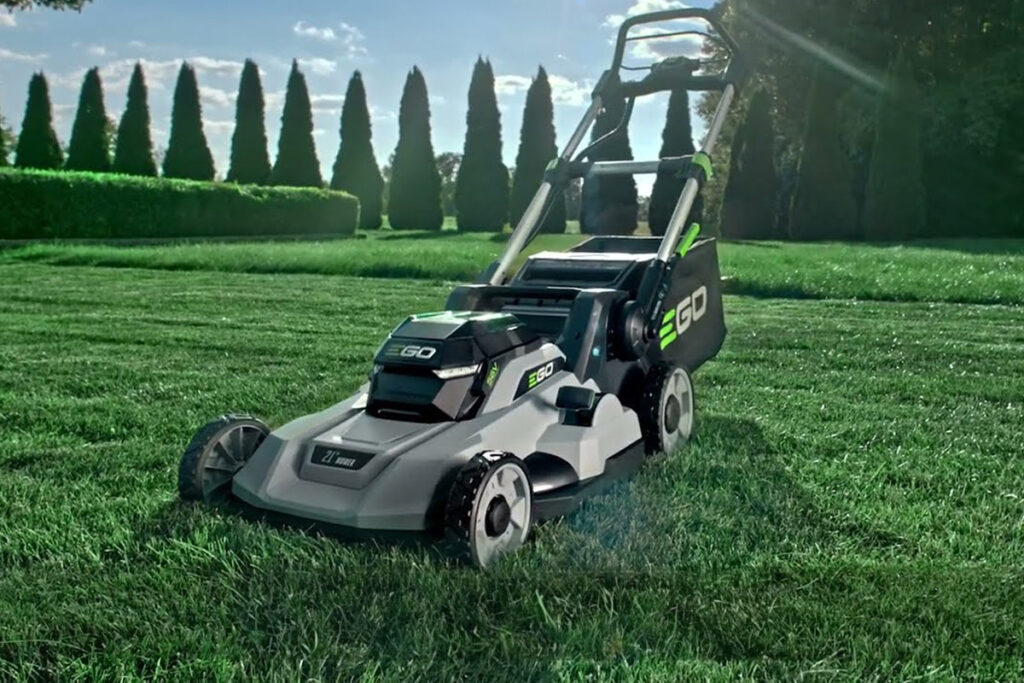The oleander plant, known for its vibrant colors and robust growth, has captivated gardeners worldwide. These versatile shrubs can transform any garden into a lively, eye-catching oasis. In this article, we'll delve into the allure of oleander plants, discuss how to grow and maintain them and explore the different varieties that can help you create a stunning garden display.
Understanding the Oleander Plant
A Brief Overview
Oleander (Nerium oleander) is an evergreen shrub native to the Mediterranean, North Africa, and parts of Asia. It's characterized by its showy, tubular flowers that come in various shades, including white, pink, red, and yellow. The long, slender leaves are dark green, providing a beautiful contrast to the vibrant blooms. Oleander plants are drought-tolerant, making them an excellent choice for xeriscaping or low-water gardens.
Toxicity: A Word of Caution
While oleander plants are undeniably attractive, they are also highly toxic. All parts of the plant, including the leaves, flowers, and stems, contain a potent cardiac glycoside called oleandrin. Ingesting even a small amount can cause severe illness or death in humans and animals. Exercise caution when planting oleander, especially if you have children or pets. Always wear gloves when handling the plant to avoid skin irritation.
Choosing the Right Oleander Variety
Single-Flowered Oleanders
Single-flowered oleander varieties boast a simple, elegant look with five petals per bloom. Some popular single-flowered varieties include:
- ‘Hardy Pink': This variety features soft pink flowers and is known for its cold hardiness, tolerating temperatures as low as 10°F.
- White Sands': Boasting pure white flowers, this oleander cultivar is perfect for creating a crisp, clean garden aesthetic.
- ‘Apple Blossom': With its delicate pink and white blooms, this variety is reminiscent of apple blossoms and is a favorite among gardeners.
Double-Flowered Oleanders
Double-flowered oleanders have more petals per bloom, creating a lush, full appearance. Some popular double-flowered varieties include:
- ‘Mrs. Roeding': This cultivar showcases deep pink, double blooms, and dark green foliage, making it an excellent choice for a vibrant garden display.
- ‘Petite Pink': As the name suggests, this dwarf oleander features soft pink double flowers and is ideal for small gardens or container planting.
- ‘Turner's Carnival': This show-stopping variety boasts brilliant red double flowers, sure to make a statement in any garden.
Planting and Growing Oleander
Ideal Growing Conditions
Oleander plants thrive in full sun and well-draining soil. They are tolerant of various soil types, including sandy, loamy, and clay soils, as long as the drainage is adequate. Oleanders are drought-tolerant and can withstand periods of dryness, but they will grow best with regular watering during the first few years of establishment.
Planting Tips
- Choose a location with full sun exposure and well-draining soil.
- Dig a hole twice as wide and as deep as the root ball.
- Gently remove the oleander from its container and loosen the roots.
- Place the plant in the hole, ensuring the top of the root ball is level with the soil surface.
- Fill the hole with soil, firmly pressing it around the root ball.
- Water thoroughly to settle the soil and eliminate air pockets.
👉 Related Reading: 28 Perfect Houseplants For Direct Sunlight
Spacing Considerations
Proper spacing is crucial for healthy oleander growth. Space plants are 6 to 12 feet apart, depending on the variety and desired density. Dwarf oleanders can be planted closer together, around 4 to 6 feet apart. Spacing plants appropriately will ensure adequate airflow and reduce the risk of disease.
Caring for Your Oleander Plants

Watering Requirements
While oleander plants are drought-tolerant, they will benefit from regular watering, especially during the first two to three years. Water deeply and infrequently, allowing the soil to dry out slightly between waterings. Established plants can tolerate long periods without water, but it's best to maintain a consistent watering schedule for optimal growth and flowering.
Fertilizing Your Oleander
Oleander plants generally do not require heavy fertilization. However, applying a balanced slow-release fertilizer in early spring can promote vigorous growth and enhance flowering. Be sure to follow the manufacturer's instructions for the appropriate application rate.
Pruning and Maintenance
Pruning oleander plants are essential for maintaining a tidy appearance and promoting new growth. Prune plants in late winter or early spring before new growth begins. Remove any dead, damaged, or crossing branches and trim back any leggy growth to encourage bushiness. Keep in mind that excessive pruning may reduce flowering the following season, so prune conservatively.
Common Oleander Pests and Diseases
Pests to Watch For
Oleander plants can fall victim to several pests, including aphids, mealybugs, and scale insects. Monitor plants regularly for signs of infestation and treat them with insecticidal soap or horticultural oil if necessary. In severe cases, a systemic insecticide may be required.
👉 Related Reading: Common Houseplant Pests: Identify, Control And Prevent
Disease Prevention and Treatment
Oleander plants are susceptible to various diseases, including bacterial leaf scorch, oleander leaf scorch, and root rot. To minimize the risk of disease:
- Plant oleander in well-draining soil.
- Avoid overhead watering, which can encourage the spread of fungal and bacterial diseases.
- Space plants adequately to promote good airflow.
- Remove and discard any diseased plant material to prevent the spread of pathogens.
If disease symptoms persist despite preventative measures, consult a local horticultural expert for advice on treatment options.
Conclusion
The allure of oleander plants is undeniable, with their vibrant colors and hardy nature making them a popular choice for gardeners worldwide. By selecting the right variety, providing optimal growing conditions, and practicing proper care and maintenance, you can transform your garden into a breathtaking display of these eye-catching plants. Remember to exercise caution when handling and planting oleander due to its toxic properties, and enjoy the stunning beauty it brings to your outdoor space.





